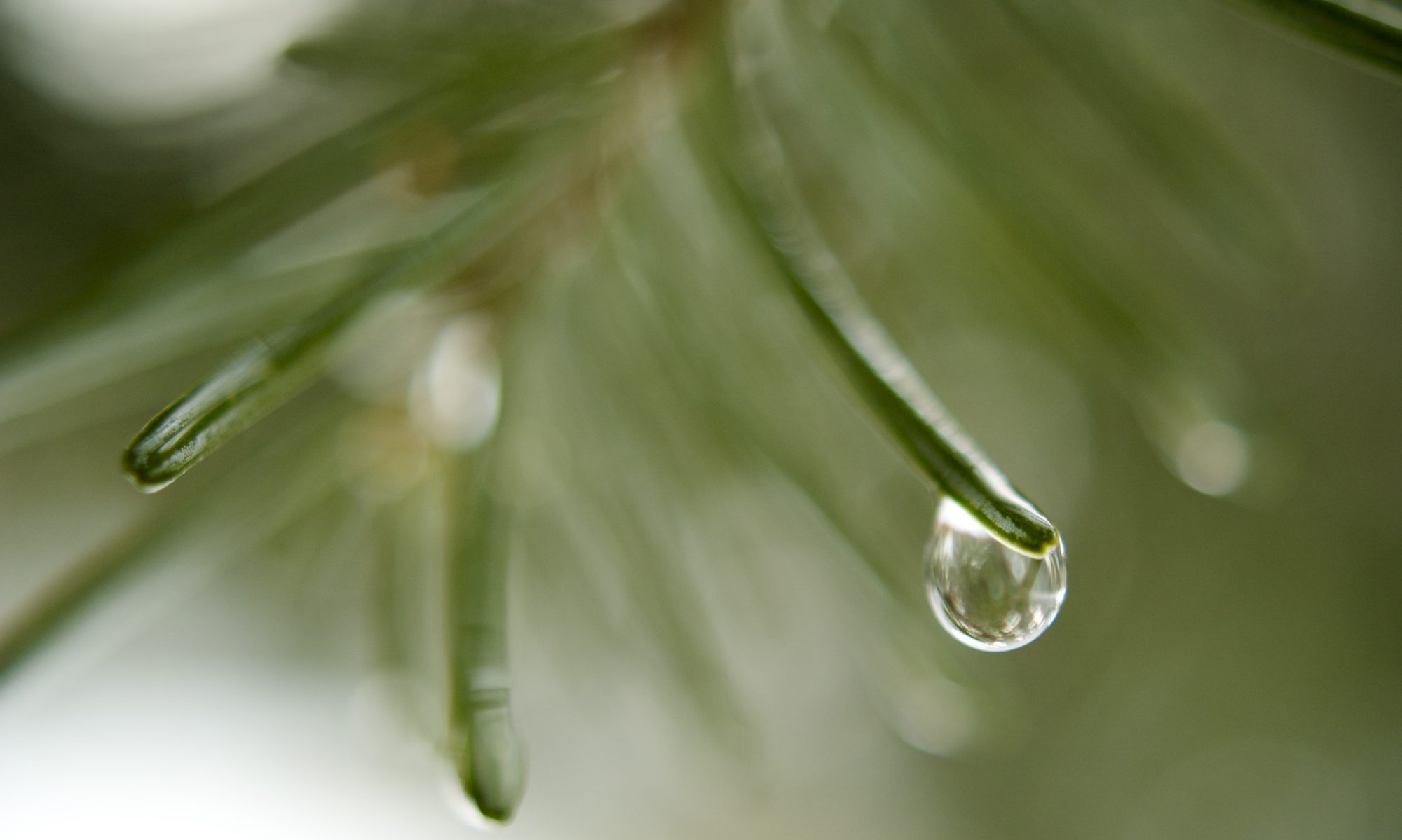Back for 2014… more bytes! Crunchier too.
It’s not actually cold, we’re just wimps
The cold snap that gripped the nation, says Borenstein, wasn’t even that cold. It’s just that, thanks to climate change, we’re now so used to above-average temperatures that one little blip of a return to what used to be known as “winter” has us all riled up.
On Thursday, Environment Canada forecasts a 90 per cent chance of freezing rain, an 80 per cent chance of being sprayed with slush by some asshat in an Odyssey, and a 100 per cent chance of regretting the life decisions that have kept you here. Later in the day, the freezing rain will change into rain, followed by snow, followed by the urge to snap your shovel in two, curl up in the fetal position on the driveway and softly curse your forebears for not having carried on to California. As dawn approaches, expect the arrival of a thick, sentient ice fog that will stalk and devour us all, never stopping, never pausing until every soul along this cruel, frozen hellscape we call a country is consumed. Dress warmly!
The market is where I find my friends and feel my history and values reinforced; yet how can I not be troubled that everyone here is white? Some weekends I hear French or German spoken, but never Cantonese or Punjabi. The “ethnic” food stalls are Italian or Polish. True, an Eritrean family has opened a stall, a neighbour arrives with her adopted African-American son, and last weekend one of my former students showed up in the company of a Chinese-Canadian man; but the market remains overwhelmingly, unrepresentatively white. There are women in starched Mennonite bonnets, but none in hijabs. I know from experience that among the people who surround me are agnostics, atheists, crystal-worshippers, lapsed Catholics and members of the United Church of Canada, but few practising Catholics, Jews, Muslims, Hindus or Evangelical Protestants. Those people are at the mall.
Field journals in class, a great idea (by @cmbuddle)
Perhaps my biggest surprise was how the students expressed their creative and artistic abilities (note: students in the class are majoring in biology). Most journals included drawings of plants or animals, and expressions of wonder and curiosity. We are all multi-talented, and I would argue that one of the drawbacks of many (most?) biology degrees is that creative expression is not embraced. A typical biology degree forces students to become proficient at memorizing facts, reading scientific literature, learning anatomy and physiology of plants and animals, writing formal term papers, etc.. These are all important things, but do not allow students to express the creative sides of their personalities, and perhaps dissuade these kinds of expressions.
The internet and a (Canadian) poetry revival
Every time Starnino posts a poem on his blog, I see about a dozen references to it in social media. It just magically appears on my screen a dozen times. It used to be that if we wanted to see a poem, we would first have to decide that we did (a rare thing for most), and then decide what kind we wanted to see, and then go and seek that out, in a library or in an obscure bookstore. And good luck to you if you didn’t live in a university town. And now poems just appear before you, in the mixed daily stream of media, alongside the news from Syria and the latest Lady Gaga video.
2013: “the year of the plagiarists”
In poetry, at least, everyone agrees it’s not about the money. “One of the hardest things is that the stakes in poetry are not very high,” Kocher said. “I’m not a rocket scientist. I’m not going to cure cancer with one of my poems. I don’t get paid an extraordinary amount of money, and I don’t have any great notoriety outside of the writing community. So to take something that most people engage in as an act of joy and sully it this way—it just seems one of the most egregious offenses.”
